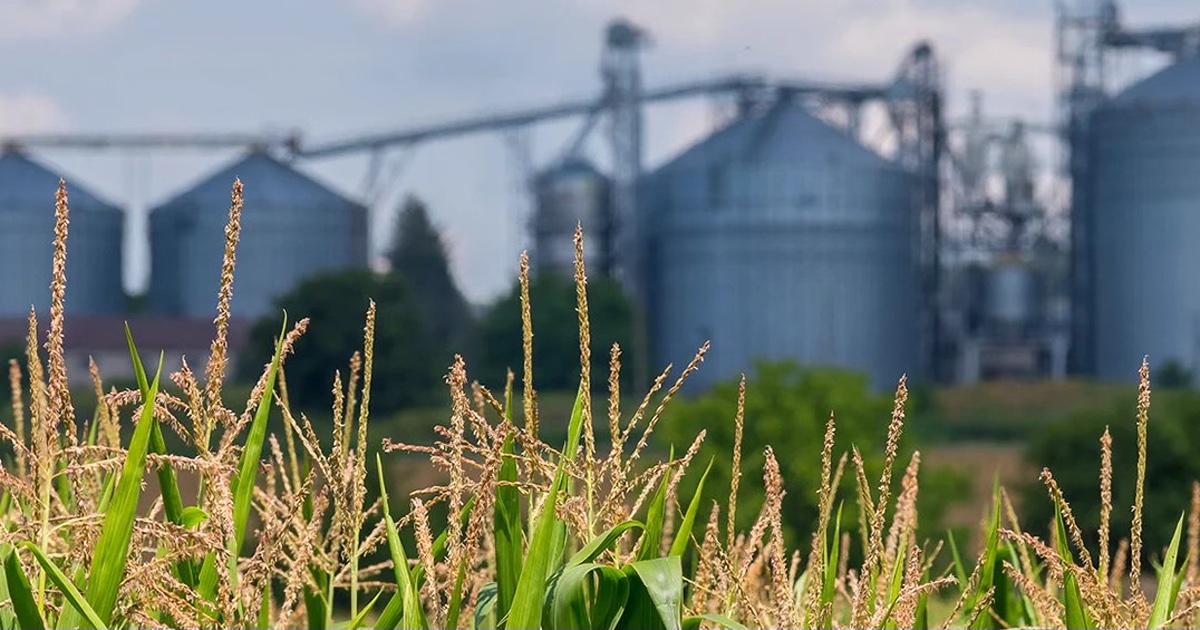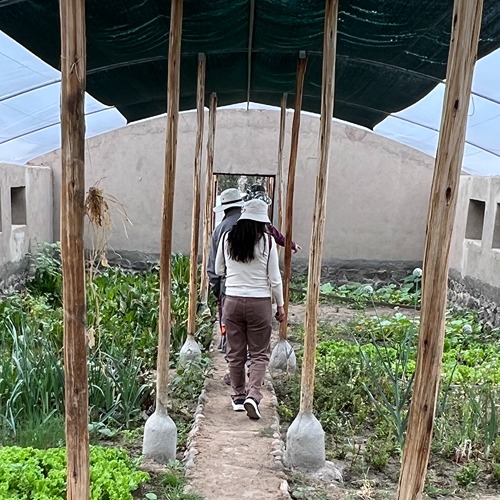Nature paper offers global map to understand changing forests

An international collaboration of hundreds of scientists – led in part by the Forest Advanced Computing and Artificial Intelligence(FACAI) Laboratory in Purdue’s Department of Forestry and Natural Resources – has developed the world’s first global map of tree symbioses. The map is key to understanding how forests are changing and the role climate plays in these shifts.
The findings, reported today in the journal Nature, come from the Global Forest Biodiversity Initiative (GFBI), a consortium of forest scientists and practitioners of which the FACAI Lab is a key hub and global center. Jingjing Liang, a Purdue University assistant professor of quantitative forest ecology, is co-supervisor of the FACAI Lab, coordinator and co-founder of the GFBI, and co-lead author of the paper. Mo Zhou, a Purdue assistant professor of forest economics and management, is a senior author of the paper, co-supervisor of the FACAI lab, and lead economist of the GFBI.
Purdue’s FACAI lab employs artificial intelligence and machine learning to study global, regional, and local forest resource management and biodiversity conservation. For this research, FACAI compiled species abundance data from 55 million tree records in 1.2 million forest sample plots spanning 110 countries. The organization of the data was integral to developing the global map.
“The map and underlying global forest inventory database will serve as the foundation for research on the environmental impacts of forest changes, biological conservation, and forest management,” Liang said.
The map identifies the types of mycorrhizal fungi associated with trees in a particular forest. These fungi attach to tree roots, extending a tree’s ability to reach water and nutrients while the tree provides the carbon necessary for the fungi’s survival. The two most common types of mycorrhizae are arbuscular, which grow inside the tissues of tree roots and are associated with tree species such as maple, ash, and yellow poplar, and ectomycorrhizal, which live on the outside of roots and are associated with tree species such as pine, oak, hickory, and beech.
Those associations are important because the mycorrhizae affect the trees’ ability to access nutrients, sequester carbon and withstand the effects of climate change.
“Managing forests for climate change mitigation and sustainable development, therefore, should go well beyond managing only trees,” Zhou said.
The authors found that climate is the most significant factor affecting the distribution of mycorrhizae. A warming climate is reducing the abundance of ectomycorrhizal tree species by as much as 10 percent. That change is altering forests’ ecological and economic footprints, especially along the boreal-temperate ecotone, the border areas between colder and warmer forest. Losses to ectomycorrhizal species have implications for climate change since these fungi increase the amount of carbon stored in soil.
“Knowing the species composition in the forested area across the world is an important start,” Liang said. “There are many fundamental and socioeconomic questions we can answer now with GFBI data and cutting-edge machine learning techniques.”
The FACAI lab is currently developing collaborations to explore questions about ecology and economics, including self-learning forest models, innovative approaches to biodiversity valuation, locating unknown forest resources and space exploration.
The work aligns with Purdue’s Giant Leaps celebration, acknowledging the university’s global advancements made in health, space, artificial intelligence and sustainability as part of Purdue’s 150th anniversary. Those are the four themes of the yearlong celebration’s Ideas Festival, designed to showcase Purdue as an intellectual center solving real-world issues.
Brian S. Steidinger, a postdoctoral research fellow at Stanford University, and Thomas Ward Crowther, an assistant professor at ETH Zurich, are co-lead authors of the Nature paper with Liang. Sergio de Miguel, an assistant profession and principal investigator of the GFBI Hub at University of Lleida, Spain, and Xiuhai Zhao and Chunyu Zhang, professors at Beijing Forestry University, are among the senior collaborators of this paper.
Data from this research can be downloaded at Facai website.
For full details of this paper, visit at Facai research.
Writer: Brian Wallheimer, 765-532-0233, bwallhei@purdue.edu
Sources: Jingjing Liang, 765-496-0254, liang292@purdue.edu
Mo Zhou, 765-494-3098, mozhou@purdue.edu






